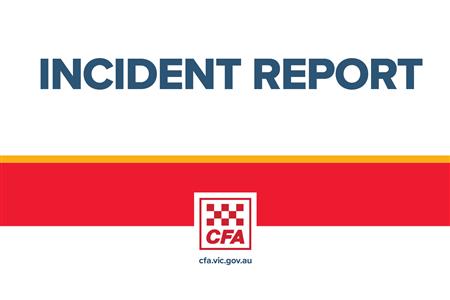Key points:
- The largest monthly cattle and sheep yardings seen in 2022 have put pricing pressure on indicators.
- Drier conditions in sheep-producing regions increased yardings with mixed quality.
- Cattle slaughter reached its highest level for 2022.
Cattle
November cattle yardings have come in at the highest monthly yardings in two years. The last time monthly yardings were above 220,000 head was in November 2020, when producers continued to liquidate numbers to rebuild balance sheets and capitalise on strong market prices. Yardings in November increased 49% on last month, showing how drier weather and cattle coming to market weights can influence numbers. This inevitably puts downward pressure on prices, as can be seen across all indicators.
On Wednesday, the Eastern Young Cattle Indicator (EYCI) rolling average throughput reached its highest level since April 2019 at 20,082 head. Roma, who contributed the most to the indicator, saw a 5% increase in yardings. Most prices at the saleyard held firm. The indicator’s price has softened 6% week-on-week, its lowest level since April 2021. A greater supply of young cattle and finished cattle hitting market are mostly coming out of NSW. This increase in NSW cattle supply is a product of the herd rebuild and the delivery of spring 2020 and autumn 2021 calf drops reaching turn-off and processor weights.
The rolling average throughput through the feeder steer indicator also rose on Wednesday. The proportion of heavier steers moving through the indicator has increased to 42% this week. This increased yarding has caused the indicator to soften 15c week-on-week to 450.65c/kg lwt.
Sheep
The same story on yardings is occurring in the sheep market as well. November monthly yardings have increased 27% to 1,370,230. Seasonally, yardings do increase through spring with the flush of new season lambs hitting the market.
Drier weather in key sheep-producing regions is causing some reports of quality issues with flystrike. This could be seen at Wagga Wagga on Thursday, where a higher proportion of secondary lambs were present. Greater supply in the market and changing demand based on quality has softened the market this week.
Forbes also had good numbers at the saleyard with mixed quality. A good supply of heavy lambs created stronger pricing pressures for these.
The mutton indicator has softened 132c week-on-week with yardings increasing by 32%. Ballarat contributed 20% to the indicator. Ewe numbers at the saleyard increased by 900 head, placing pricing pressure on these sales.
Volatility in the sheep market and variation in quality continue to have an impact on buyer demand and prices.
Slaughter
Cattle slaughter reach its highest point in 2022 at 105,093 head. Slaughter has only come above 100,000 head five times this year, with this week increasing 4% week-on-week and 9% on this time last year.
Goat slaughter has further recovered from its 2022 low three weeks ago to hit 16,455.
Sheep and lamb slaughter has come back this week with Victorian lamb slaughter softening 13% week-on-week and sheep slaughter reduced by 8,196 head in the state.
Other market updates
- Emerald sales did not run this week.
- Mount Barker will move to split sales next week, which will have some impact on the Western Young Cattle indicator.
Attribute above content to: Jenny Lim, MLA Market Analyst






